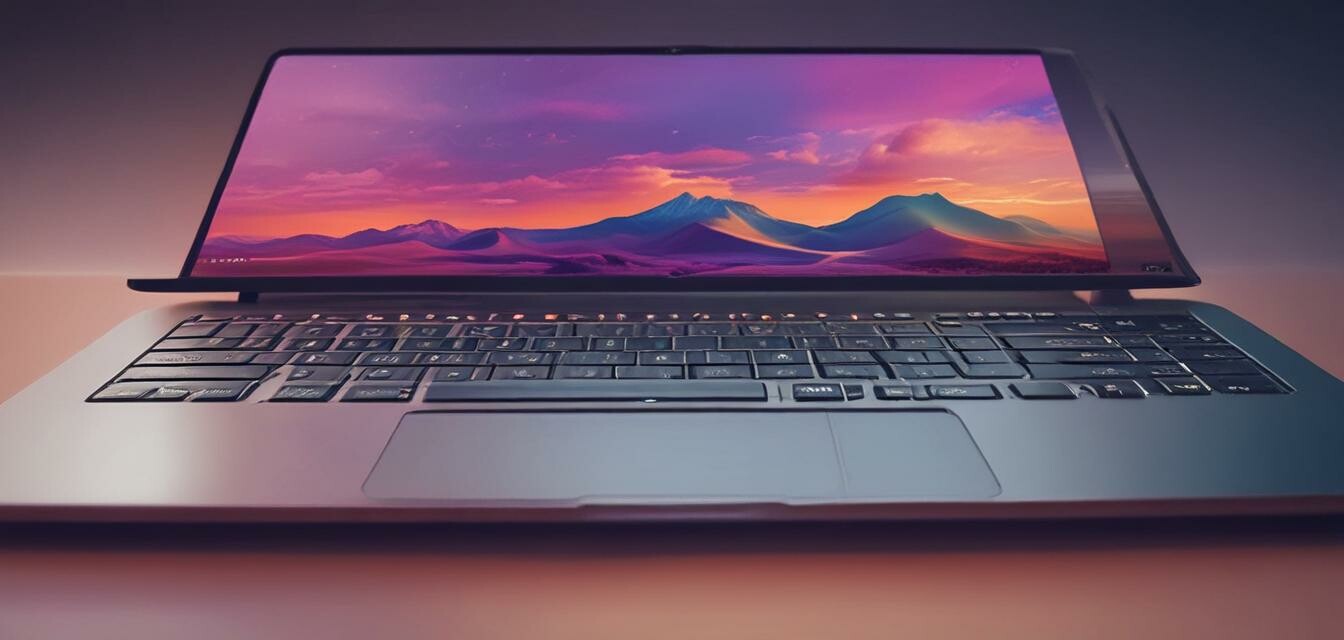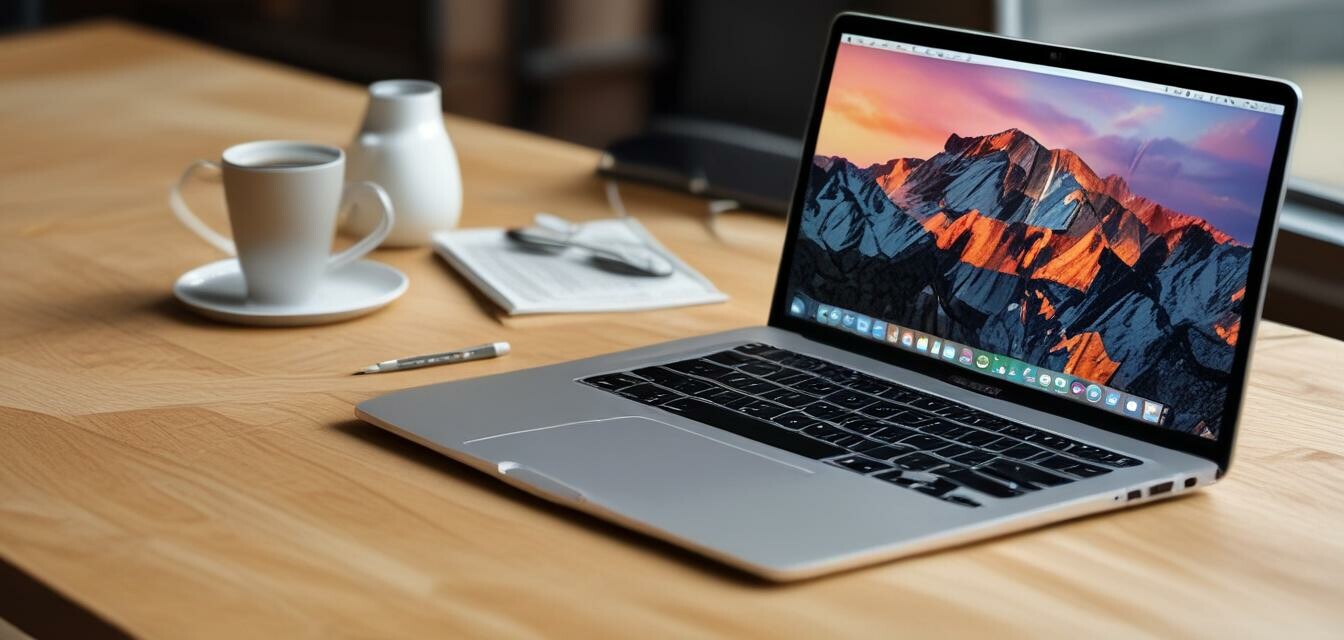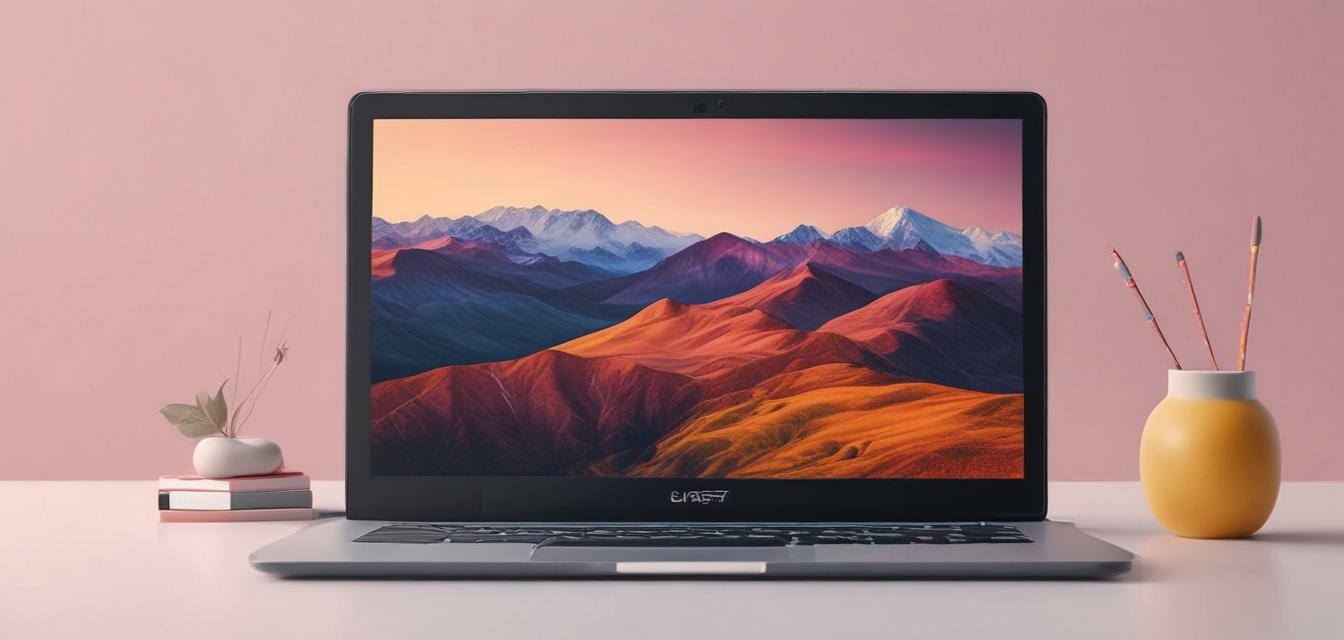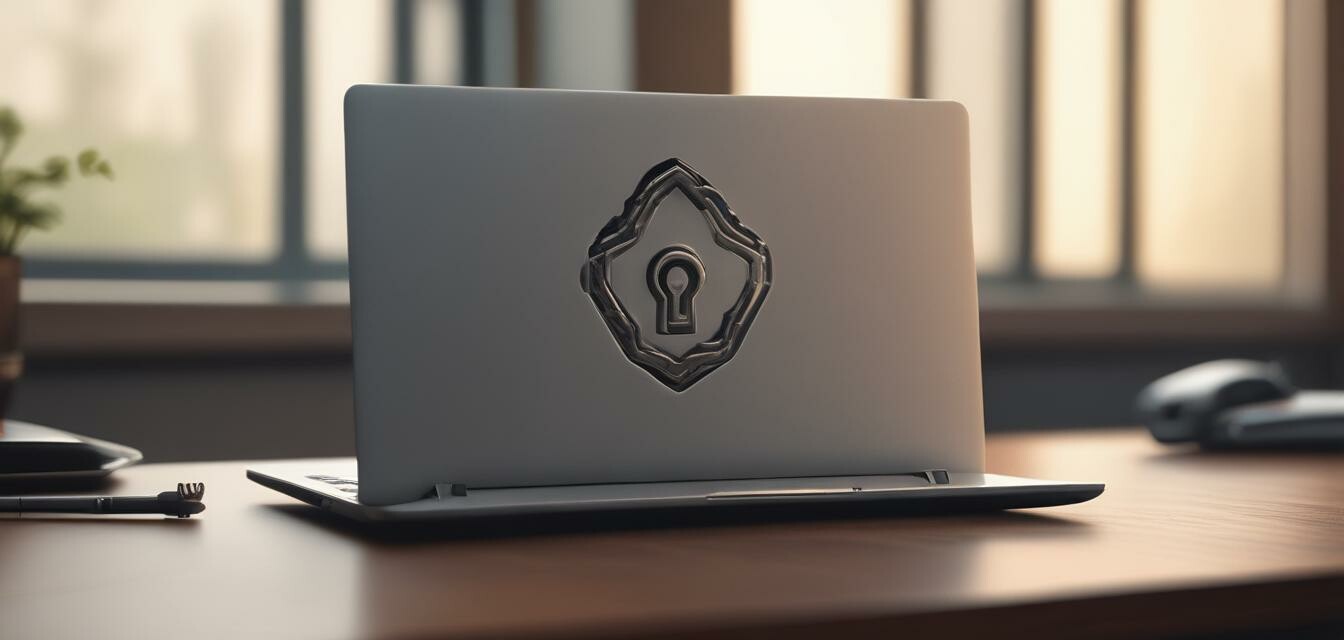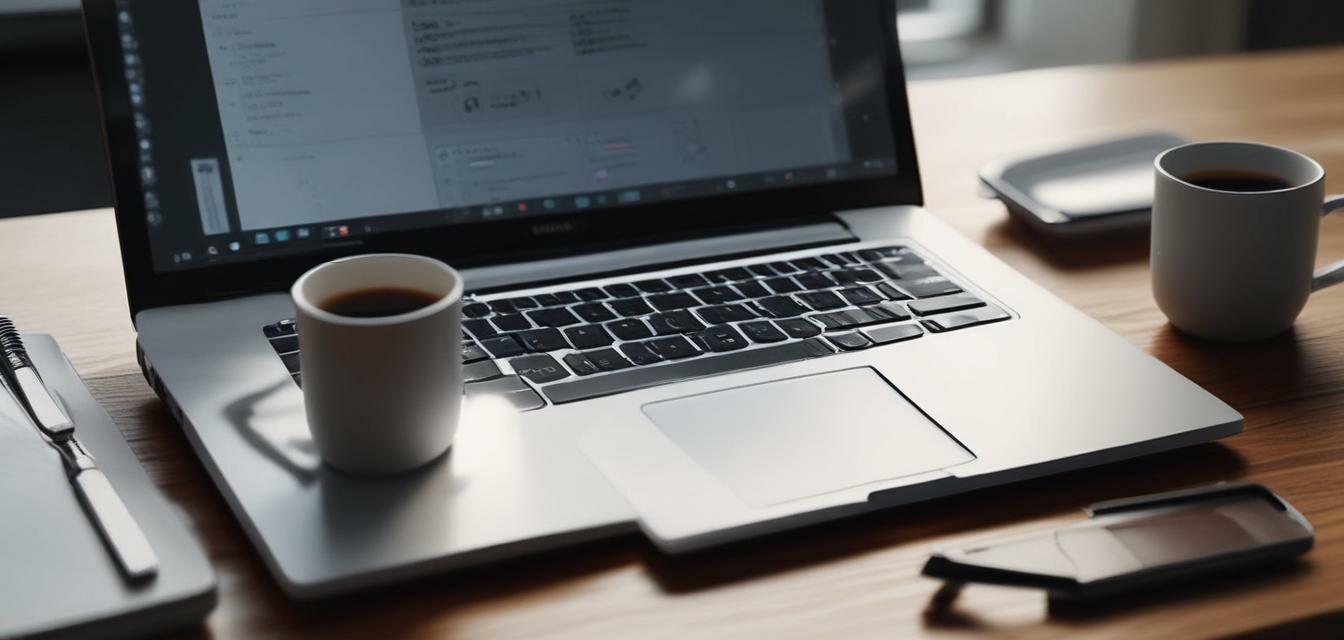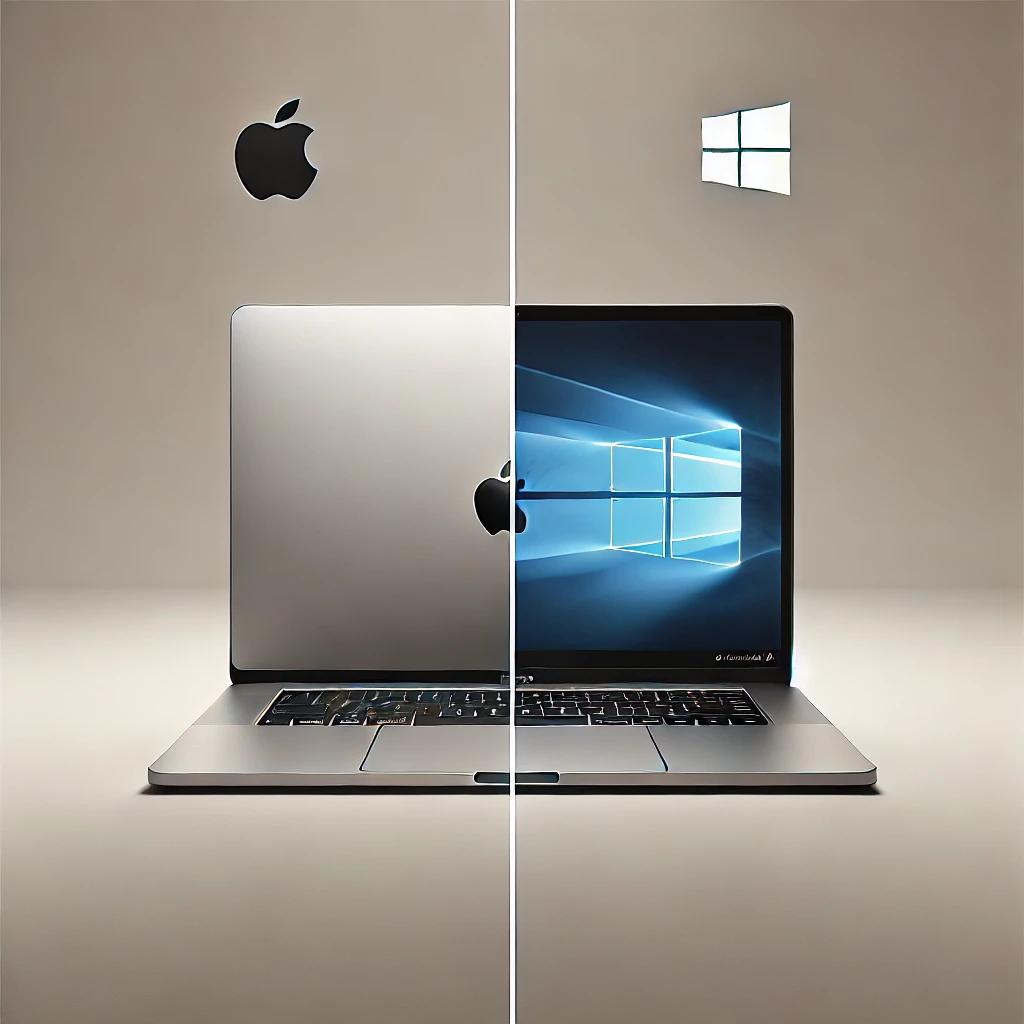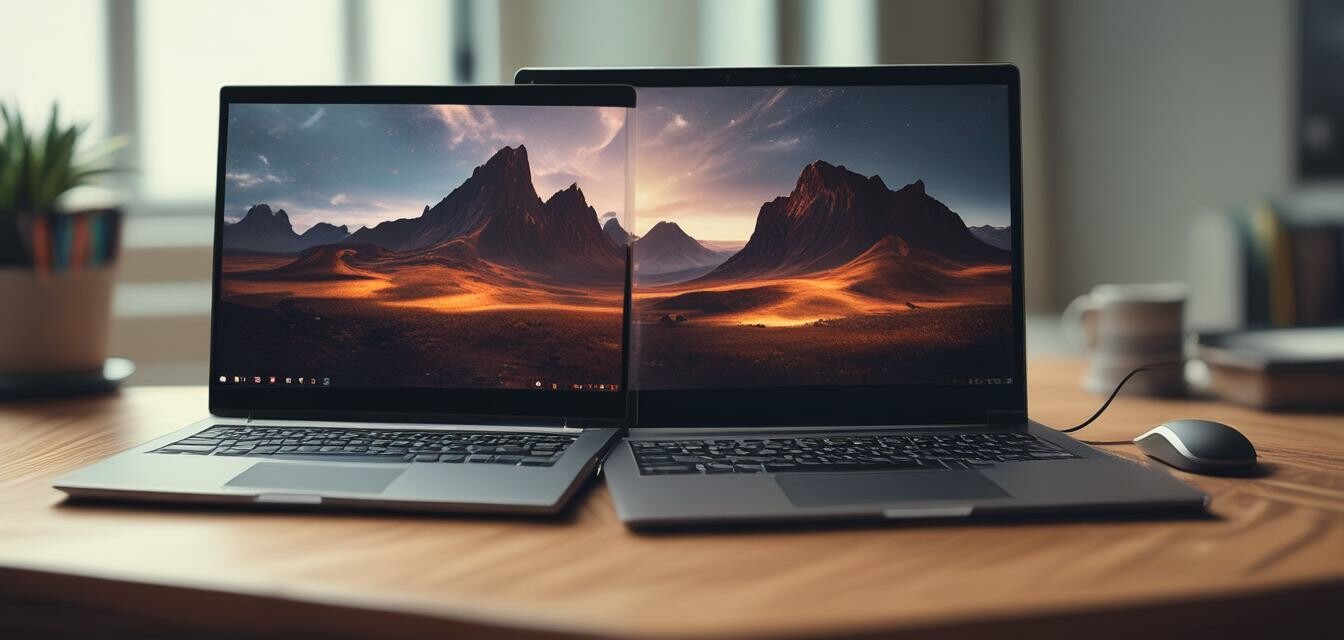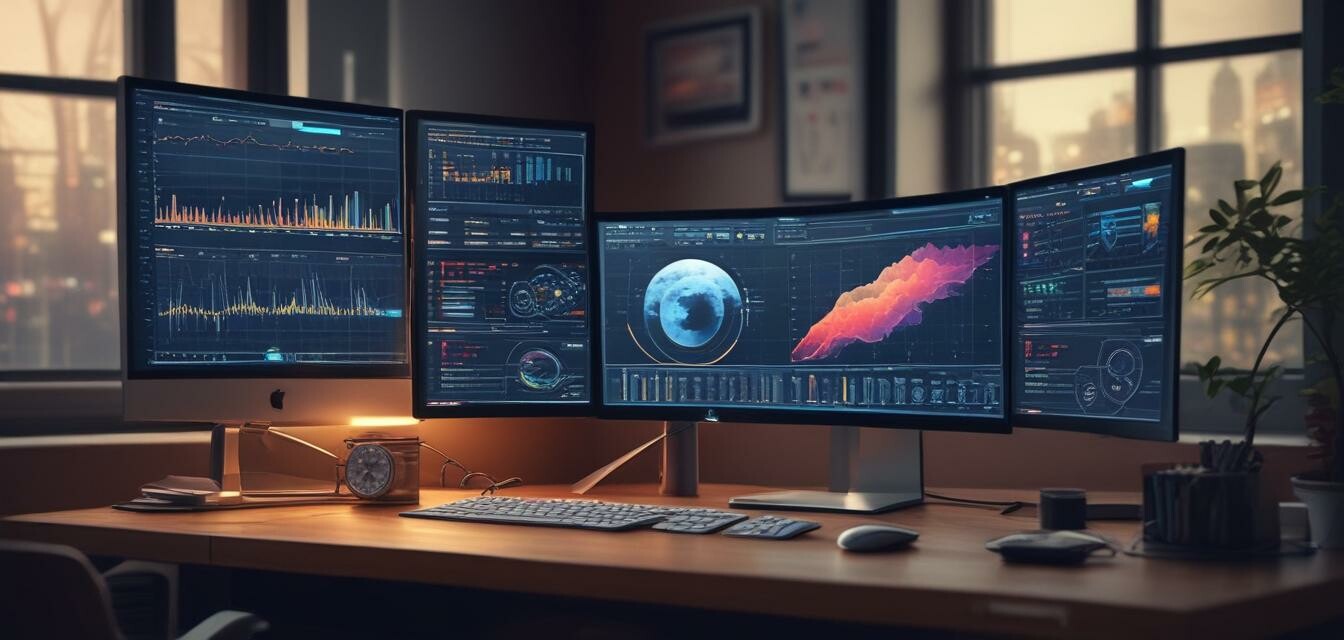
Productivity tips with second monitors
Key Takeaways
- Using a second monitor can significantly enhance productivity.
- Easy installation and set up can maximize your workspace effectively.
- Different settings and arrangements can cater to personal workflow preferences.
- Utilizing software tools can optimize the benefits of dual monitors.
As the demand for effective remote work solutions grows, so does the need for enhanced productivity tools. One of the best ways to boost your efficiency while working on a laptop is by integrating a second monitor into your setup. In this article, we'll explore various productivity tips, installation procedures, and user tips so that you can make the most out of your second monitor.
Why use a second monitor?
Using a second monitor can enhance your workflow immensely. Here are some benefits:
- Increased screen real estate: You can spread out your applications, making multitasking easier.
- Better focus: With dedicated screens, you can allocate tasks to specific monitors.
- Improved organization: You can keep reference materials on one screen while working on another.
Compare productivity with and without a second monitor
| Feature | Single Monitor | Dual Monitors |
|---|---|---|
| Screen Space | Limited | Extensive |
| Task Management | Switching required | Multitasking easier |
| Workflow | Slower | Faster |
| Organization | Less organized | More organized |
How to install a second monitor
Setting up a second monitor is straightforward. Follow these steps:
- Check compatibility: Ensure your laptop has the necessary ports (HDMI, USB-C, etc.).
- Connect the monitor: Use the appropriate cable to connect your monitor to your laptop.
- Configure display settings: On your laptop, go to display settings to extend or duplicate your display.
- Adjust arrangements: Place the monitors in a comfortable position to reduce neck strain.
Tips for using your second monitor effectively
Maximizing your productivity
- Organize applications: Keep commonly used applications on one screen.
- Utilize virtual desktops: Use them to isolate tasks or projects.
- Master keyboard shortcuts: Learn shortcuts to switch between applications quickly.
- Set screen resolutions: Ensure both monitors are set to optimal resolution for comfort.
- Create a comfortable setup: Position your monitors at eye level.
Common dual monitor setups
There are a few standard arrangements you might find helpful:
| Setup Type | Description |
|---|---|
| Extended Display | Both monitors act as extended screens, allowing for maximum workspace. |
| Mirrored Display | Both monitors show the same content, ideal for presentations. |
| Vertical Setup | One monitor is positioned vertically, great for reading documents. |
Software tools to enhance dual monitor use
To further improve your productivity, consider using these software tools:
- DisplayFusion: Customize your multi-monitor setup.
- Dual Monitor Tools: Manage windows on your screens more effectively.
- PowerToys: Enhance productivity with additional features like Fancy Zones.
Conclusion
Implementing a second monitor setup is a fantastic way to elevate your productivity and organize your workspace. With the right tools and techniques, you can create an environment that caters to your personal workflow. Start today and enjoy the numerous benefits of using dual monitors.
Pros
- Enhances productivity and organization.
- Offers increased screen space for multitasking.
- Customizable layouts for individual preferences.
Cons
- Requires additional hardware investment.
- Possible adjustment period for new users.
For further reading on optimizing your laptop setup, check out our articles on 2-in-1 laptops, business laptops, and gaming laptops. Each offers insights that can help you tailor your workspace for maximum efficiency.
